The Surrey Hills is an area of nearly 300 square miles stretching across the county of Surrey in England, including the chalk slopes of the North Downs from Farnham in the west to Oxted in the east. It extends south to the wooded Greensand Hills near Haslemere. The area is rich in wildlife, woodland, charismatic market towns and villages and provides some of the best walking experiences in southern England.
It is one of 37 protected landscapes in England and was one of the first to be designated an Area of Outstanding Natural Beauty in 1958. The area of the Surrey Hills is considered by many to be the equivalent of a National Park.
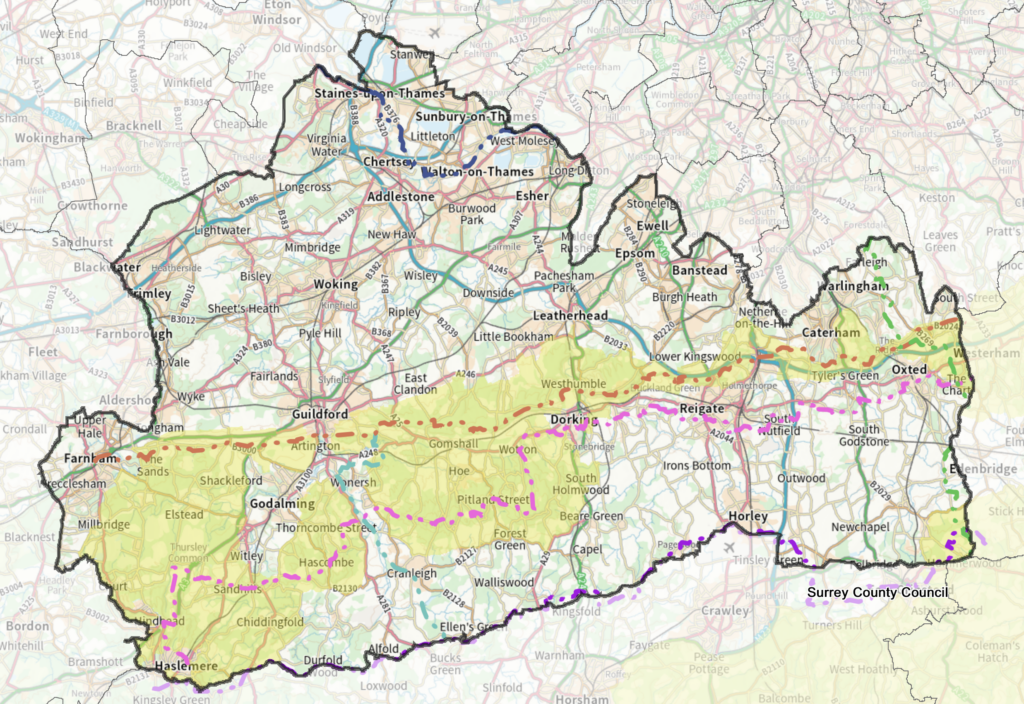
What is most remarkable is that this outstandingly beautiful asset lies little more than 20 miles south of the London metropolis. Indeed, some areas of Greater London are under ten miles from the wonders of the Surrey Hills and within easy reach for an afternoon stroll in some of southeast England’s most picturesque landscapes.
As a resident, I fell in love with the Surrey Hills at an early stage in life. I have always been a keen walker, and this article aims to give you some flavour of the experiences you can expect if you take the trouble to venture just a little way outside the capital. To do this, I shall be using my walks along the North Downs Way between Guildford, Surrey’s “capital”, and the market town of Dorking, situated in beautiful countryside.
Bus beckons
I should have taken the bus. The conviction grew as I walked miserably beside the busy road out of Guildford, with trucks passing too close to my right shoulder. At least it wasn’t raining.
Lesson well learned. On future trips, I either took the bus out of Guildford or walked alongside the River Wey to where it is crossed by the North Downs Way. Then I walked up the suburban road named Pilgrims Way, so called because the ancient pilgrimage route follows this road along with the North Downs Way. Taking my trekking poles from my rucksack, I joined the path alongside Chantries Wood.
The Road Not Taken
At the point where the Way moves away from the wood, with an enticing path continuing deeper into the trees, Robert Frost’s poem The Road Not Taken came to mind:
Two roads diverged in a yellow wood, And sorry I could not travel both And be one traveler, long I stood And looked down one as far as I could To where it bent in the undergrowth; Then took the other, as just as fair, And having perhaps the better claim, Because it was grassy and wanted wear; Though as for that the passing there Had worn them really about the same, And both that morning equally lay In leaves no step had trodden black Oh, I kept the first for another day! Yet knowing how way leads on to way, I doubted if I should ever come back. I shall be telling this with a sigh Somewhere ages and ages hence: Two roads diverged in a wood, and I — I took the one less traveled by, And that has made all the difference.
The climb to St Martha’s church
The Way climbs St Martha’s Hill on the Greensand Ridge, passing St Martha’s church. The views from the church make the walk up the sandy path worthwhile. But I now, when I walk the Way, I skirt around the hill to save my energy before climbing up the side of the North Downs to Newlands Corner.
Above left: Below Newlands Corner. Right: View from Newlands Corner
Agatha Christie mystery
Newlands Corner is where the famous crime writer Agatha Christie’s car was found abandoned when she disappeared in December 1926. The area was searched repeatedly, and, at one stage, it was feared that the novelist had drowned in the historic and mysterious Silent Pool below Newlands Corner. Happily, the writer was discovered some days later in a hotel in Harrogate, Yorkshire, having apparently suffered some form of memory loss.
From the early 20s until today, Newlands Corner has been a magnet for motorcyclists and car enthusiasts who congregate, particularly at weekends, to chat and fill up on fast food and coffee.
Recently, however, Newlands Corner has been the site of a more prosaic affair. The council decided to instal parking meters to extract a bit of new money from visitors. The result was that far fewer people went to the adjacent café. Add Covid to the mix, and the place started to look empty, bleak and windswept. Thankfully common sense eventually prevailed, and the hated meters were removed. I hope they never return. Both the car park and café are now busy, and everyone is happy (except the bureaucrats who decided on the meters in the first place).
Having hurried across the busy A25, the main east-west route across the area, and entered the woods above Albury, a pleasant surprise awaited in the form of the Optohedron sculpture just down the hill. The artwork, erected in 2020, won the Guildford Design Award for Public Art 2021. The following is taken from the website of the sculptor Will Nash.
The Optohedron sculpture is inspired by the act of viewing, thinking about seeing as the fundamental interface between the person and the world. Whilst exploring this idea, I investigated optics, the science of light, which took me to an ancient instrument, the Kaleidoscope.
— Will Nash
The website goes on to explain that Optohedron is constructed from weathering steel which forms a protective layer of rust on its surface. Between the logs are small gaps for creatures to live. The individual cells are packed with locally sourced hazel logs to create a solid surface. Concealed within the packed timber are three kaleidoscopes, each one orientated to view a different element of the surrounding nature.
Shere Woods
Walkers and cyclists
Here the Way is accessible to walkers and cyclists throughout the year. It is popular at all times. Pausing with Darcey, my four-footed companion, beside a log pile, I spied a large group of cyclists clattering past. I was feeling a bit grumpy about the intrusion. Then a voice called out, “Is that Kevin?” and, turning to find its source, I found a friend’s cheery face smiling at me. Explanations followed, and I made a ‘note to self’ not to swear at cyclists taking up the track as I may well know at least one of them.
Above left: The west side of Blatchford Down in midsummer. Right: Pyramid orchids
The North Downs Way briefly leaves the woods to cross Blatchford Down above Gomshall. In summer, the hill is alive with wildflowers, including orchids, and butterflies. Hawks patrol the skies above in every season, leaving the shelter of the woods to hover with watchful eyes in the hope of swooping on their prey. In the valley below, trains rumble past between Guildford and Dorking.
Nature knows best
I was admiring the view from Blatchford Down when a group of rucksack-wearing men walked up from the east. Apart from the rucksacks, they sported walking boots and not much else. That was a first for me: ‘naturists’ apparently.
The man in front, scantily clad in a shirt, stopped and pulled a phone from his shirt pocket (I suppose that was why he was wearing a shirt). I heard him say that they were lost. I imagined this was because there was nowhere to put a map. I asked one of his companions where they were going to which he replied, “Wotton, to the pub on the main road”.
I advised him they were walking in the wrong direction and how to get back to the pub. He said their leader was going to join them, and soon enough, two men arrived, also in their birthday suits. Then they all wandered off towards Guildford.
Two unsuspecting women, one with a baby, had arrived a few minutes earlier from the Guildford direction, at which point one man put on his shorts; the others didn’t bother. The women and I exchanged a few choice words about this group. And as the clutch of naked posteriors disappeared over the hill, I chuckled, “That’s an image I don’t want to carry in my head”. “Look at the view!” one woman said, pointing across the valley. It was beautiful. Good advice; I took it.
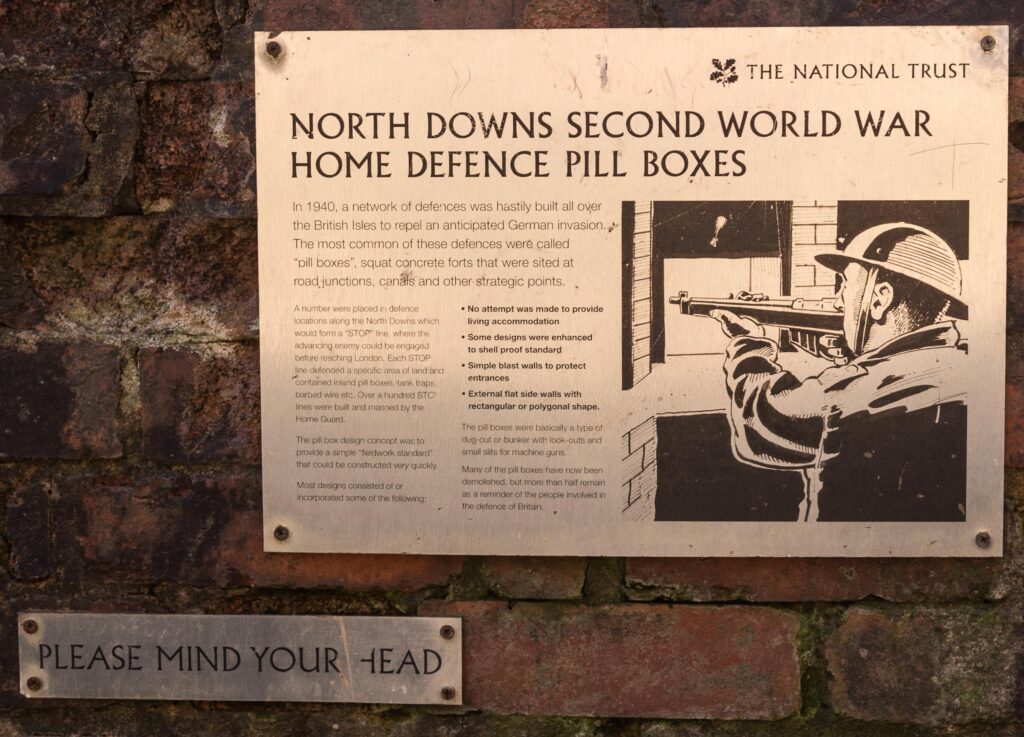
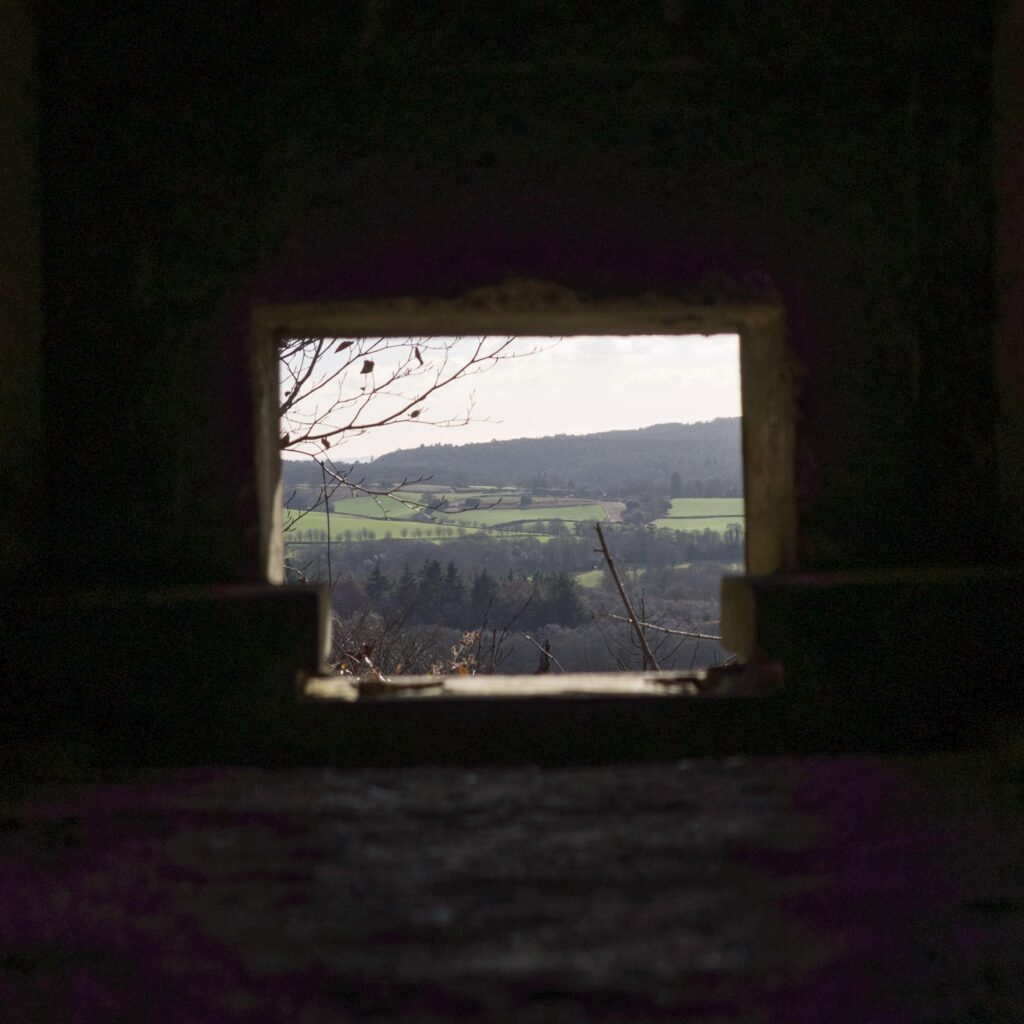
Pill boxes
Second World War ‘pillboxes’ are a feature along this section of the North Downs Way. A sign on the side of a pill box at Blatchford Down tells me:
In 1940, a network of defences was hastily built all over the British Isles to repel an anticipated German invasion. The most common of these defences were called ‘pill boxes’, squat concrete forts that were sited at road junctions, canals and other strategic points.
A number were placed in defence locations along the North Downs which would form a ‘STOP’ line, where the advancing enemy could be engaged before reaching London. Each STOP line defended a specific area of land and contained inland pill boxes, tank traps, barbed wire etc. Over a hundred STOP lines were built and manned by the Home Guard.
The sign on the pill box explains that the design concept was to provide a simple ‘fieldwork standard’ that could be constructed very quickly. They were basically a type of dug-out or bunker with look-outs and small slits for machine guns. Many have now been demolished, but more than half remain as a reminder of the people involved in the defence of Britain eighty years ago.
Being south facing, the woods suffered badly in recent winter storms. Also, Ash Die Back is a disease that rots ash trees from the inside and has caused havoc. Many trees are being felled on grounds of public safety. It has been a bad few years for the woods, and it is encouraging to see new trees being planted.
On a late summer walk, after days of rain, I noticed an unusual covering of recently shed brown beech leaves on the path beneath the fresh green leaves still on the trees. A moment of reflection revealed the reason. We had had such a dry summer that the trees, in an emergency response to conserve water, shed some of their leaves weeks early. Climate change is affecting us all, and in this case, the consequences were literally at my feet. I am very grateful that in southern England, the consequences have not been so severe as in other parts of the world.
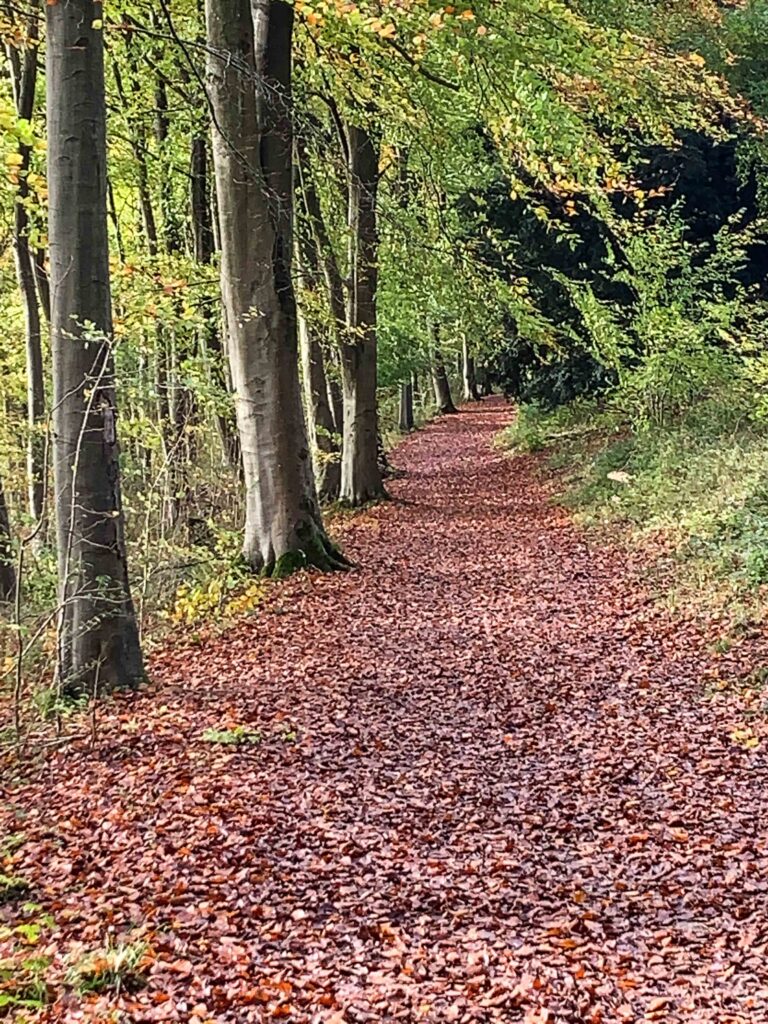
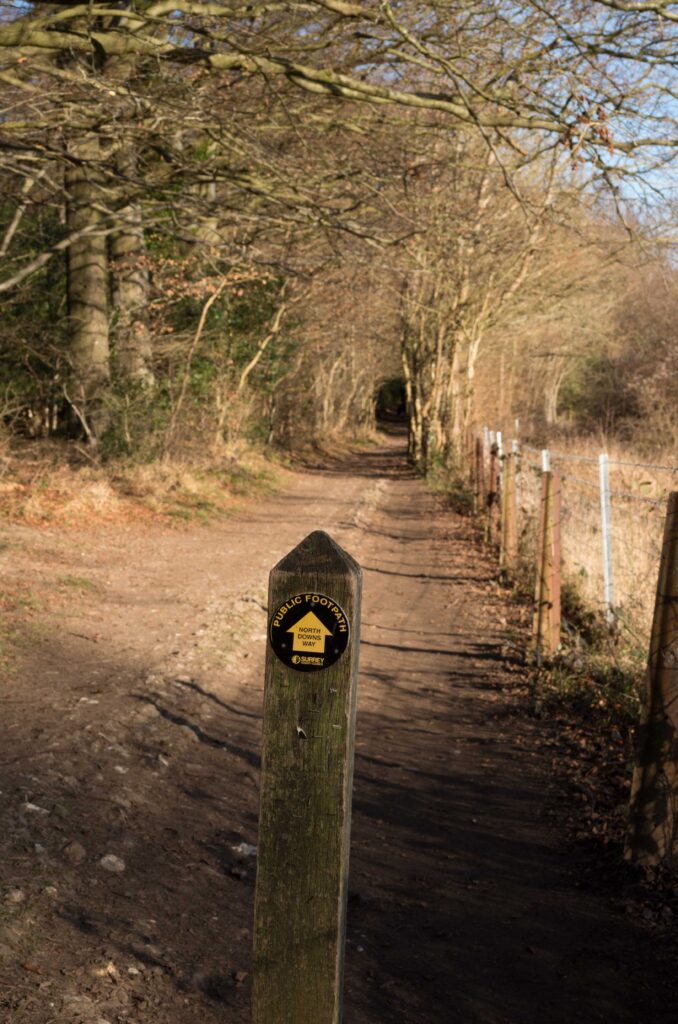
Good health along the Way
Eventually, the North Downs Way leaves the woods at Ranmore Common and descends past Denbies vineyard outside Dorking. Wikipedia tells me that Denbies is the largest vineyard in England, with 265 acres (1.07 km2) under vines, representing more than 10 per cent of the plantings in the whole of the United Kingdom. It has a visitors’ centre that attracts around 300,000 people a year. First planted between 1986 and 1989, the vines produce an average yield of 300,000 litres of wine per year. The vineyards in the southeast of the country may be one beneficiary of the changes to the climate here. We shall see.
Dorking Deepdene station, ten minutes down the A24 from Denbies, is on the railway line from Reading to Gatwick Airport and trains stop at my home town of Redhill. So, having climbed up to the platform, I eagerly watched for the train from Guildford to arrive so I could slip off my rucksack, sit quietly and enjoy the views of the North Downs Way – this time from the train window.
If you have enjoyed this journey along the North Downs Way, read more from Kevin Armstrong
The photographs in this article were taken with a variety of cameras, from the Leica X Vario and Leica X1 to the iPhone XR
A cup of coffee works wonders in supporting Macfilos
Did you know that Macfilos is run by a dedicated team of volunteers? We rely on donations to help pay our running costs. And even the cost of a cup of coffee will do wonders for our energy levels.

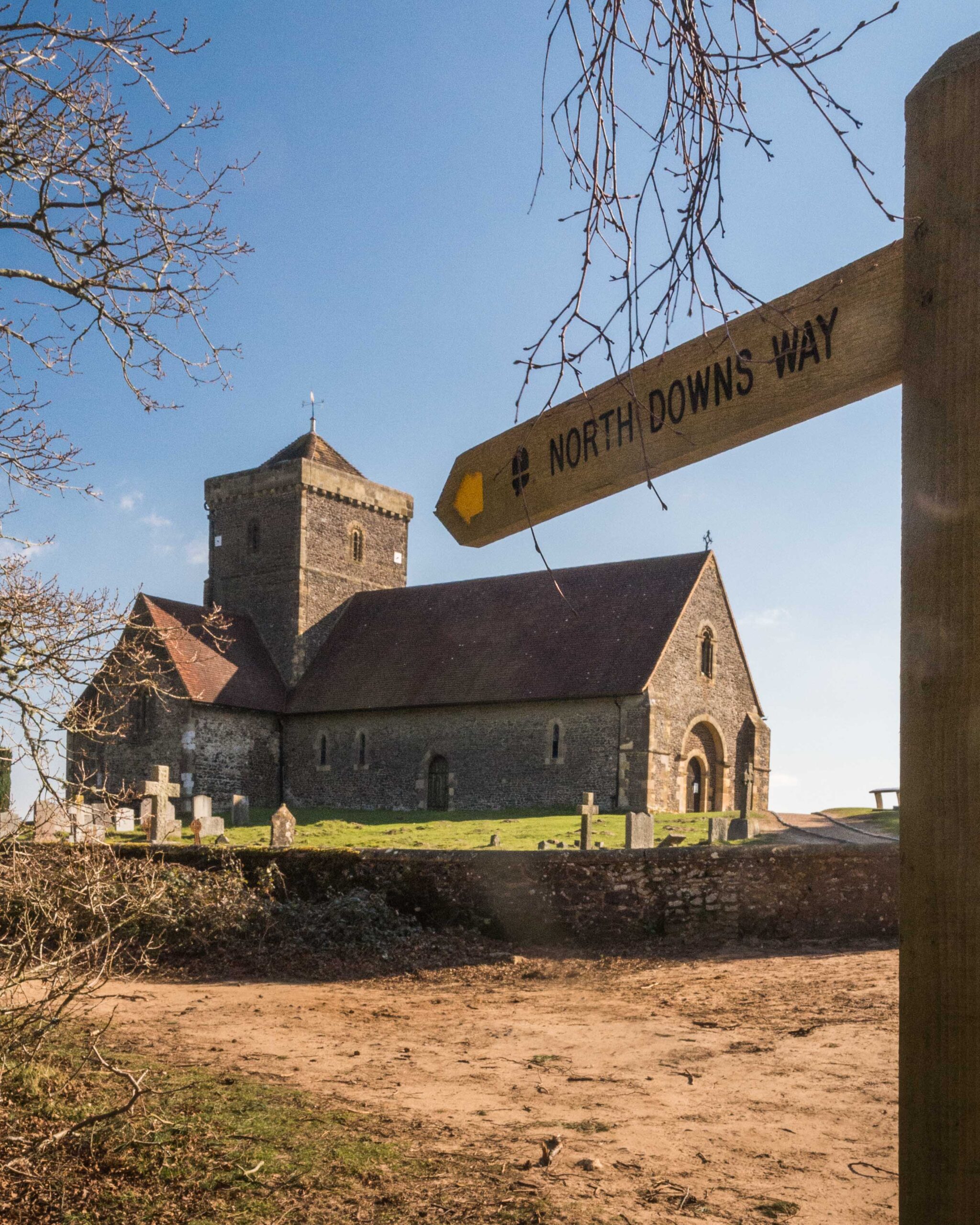
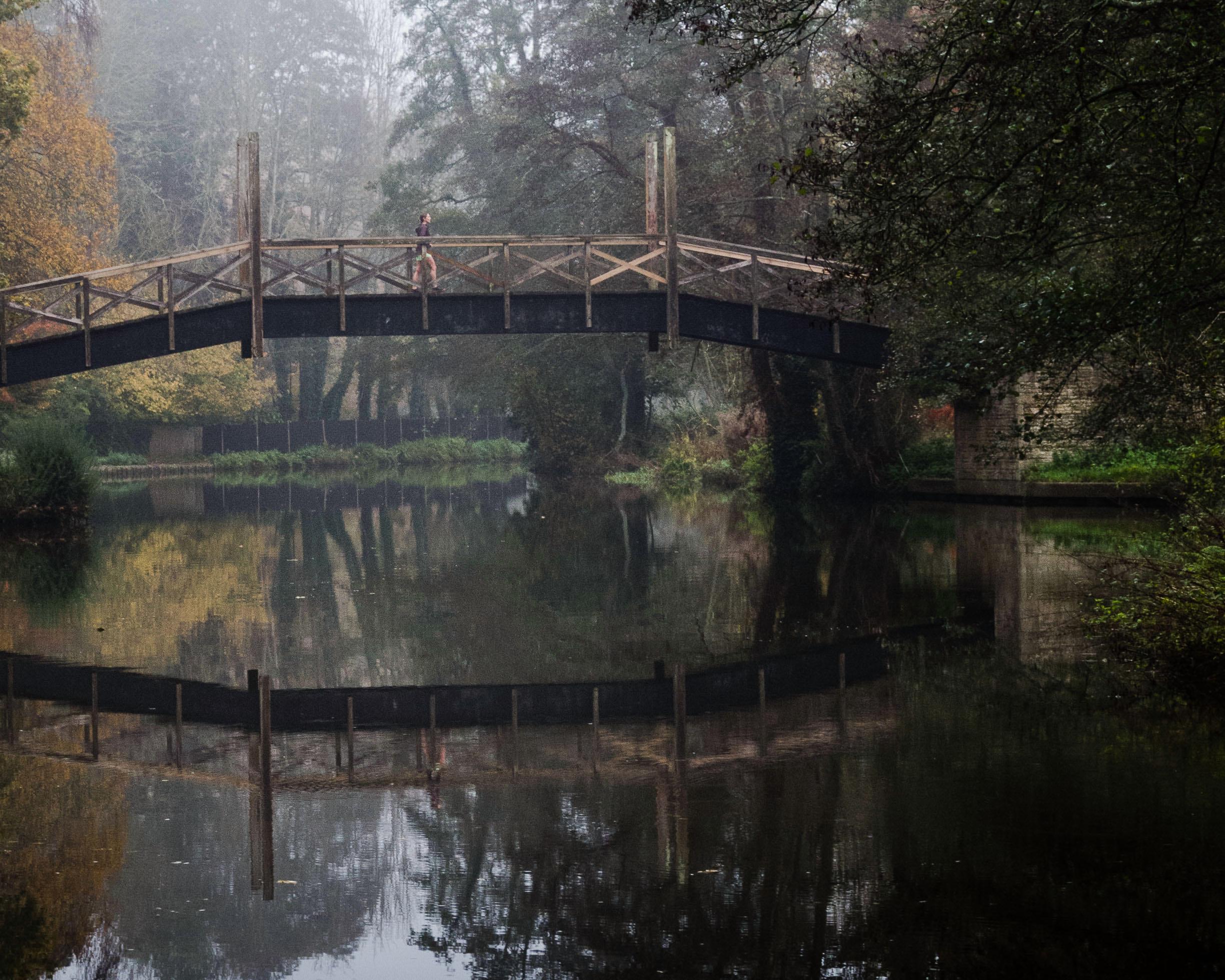
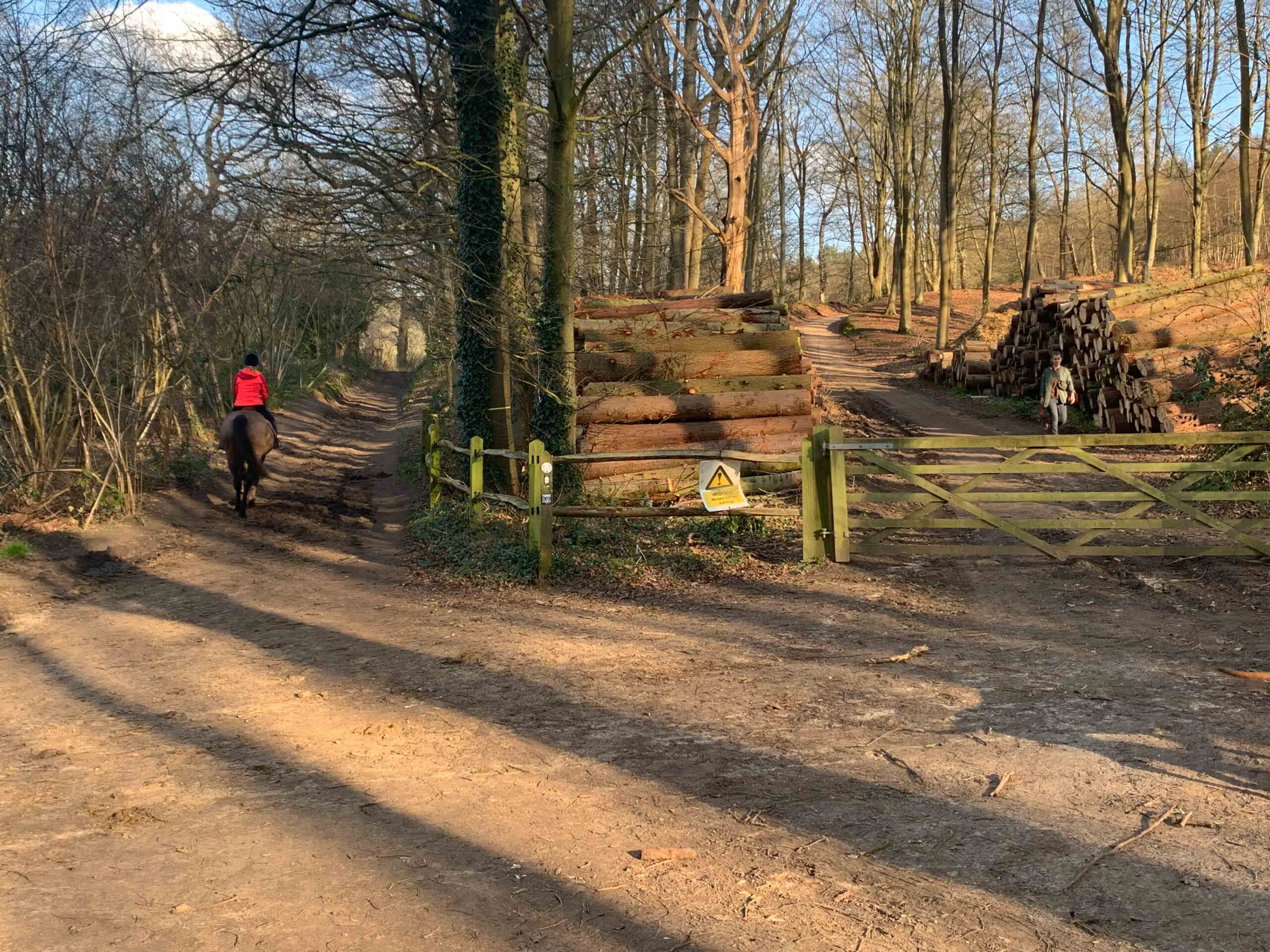
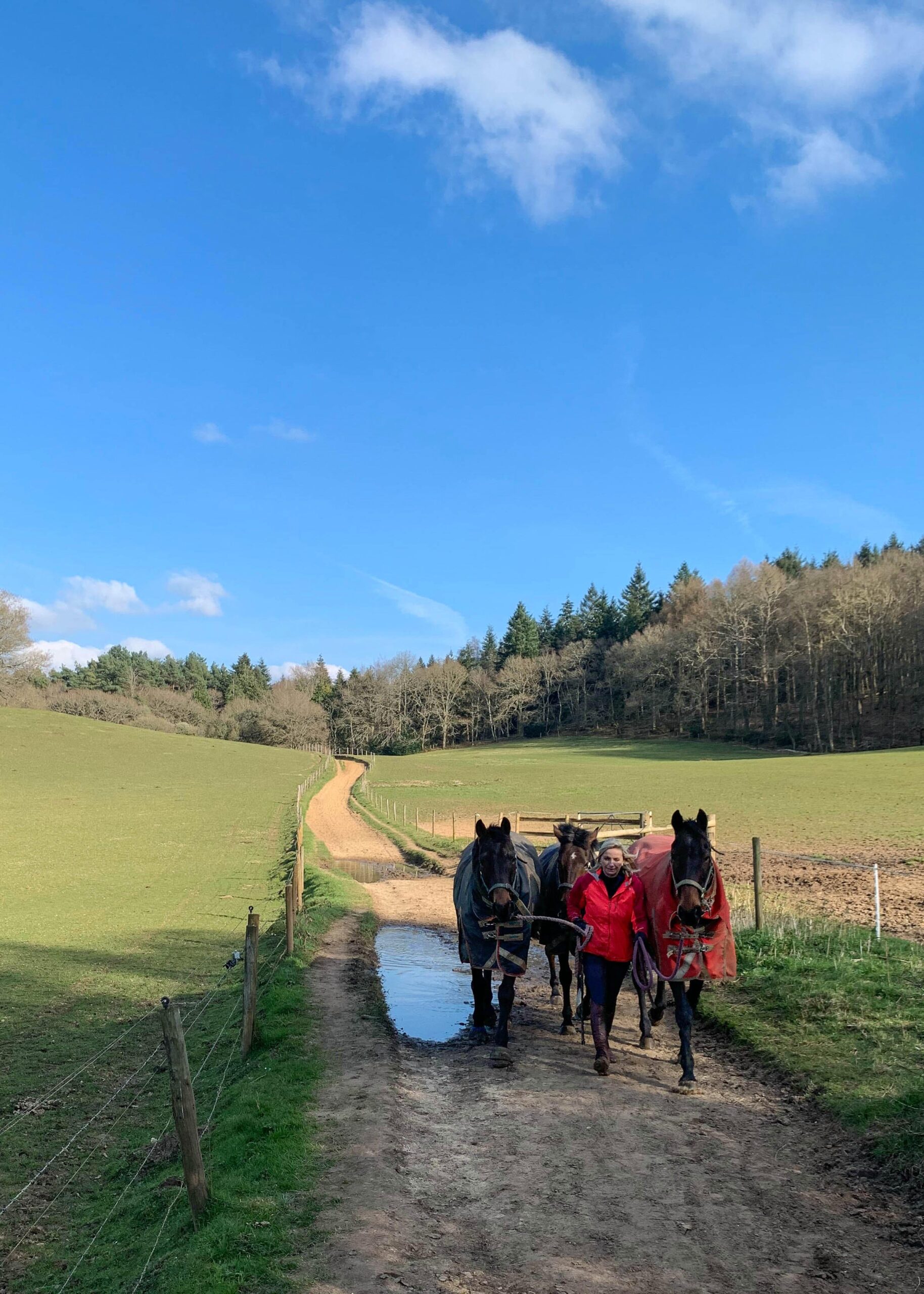




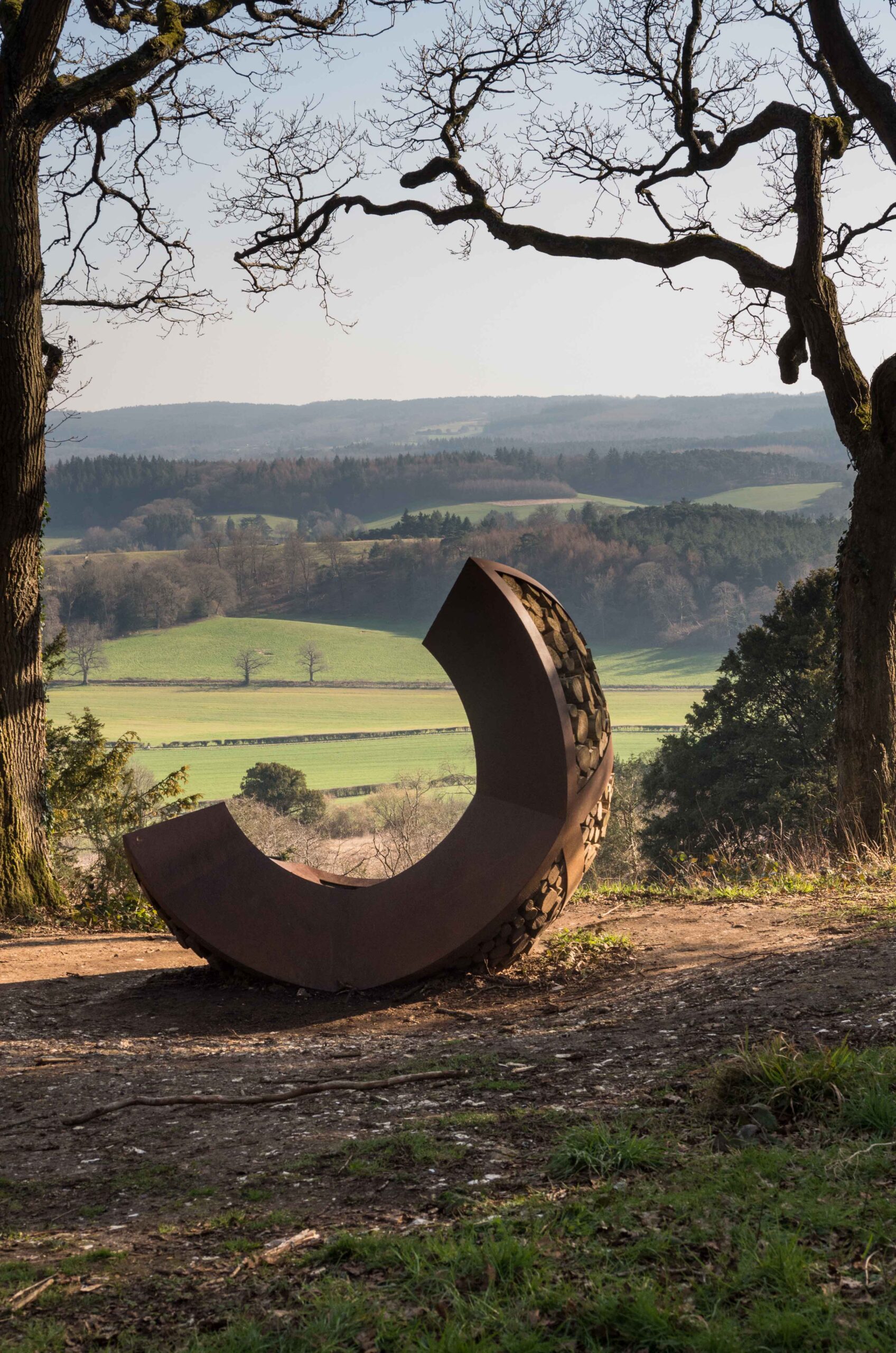
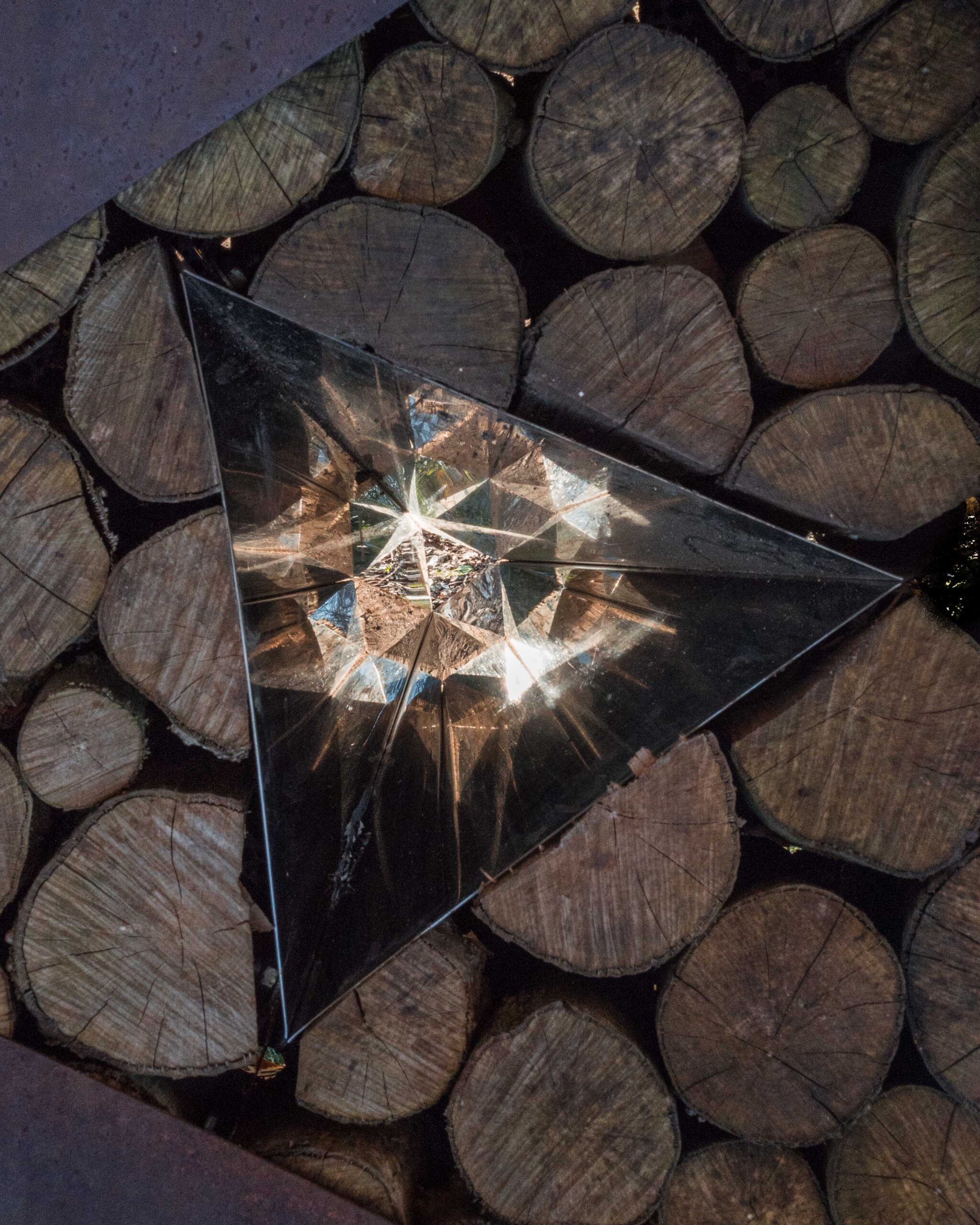





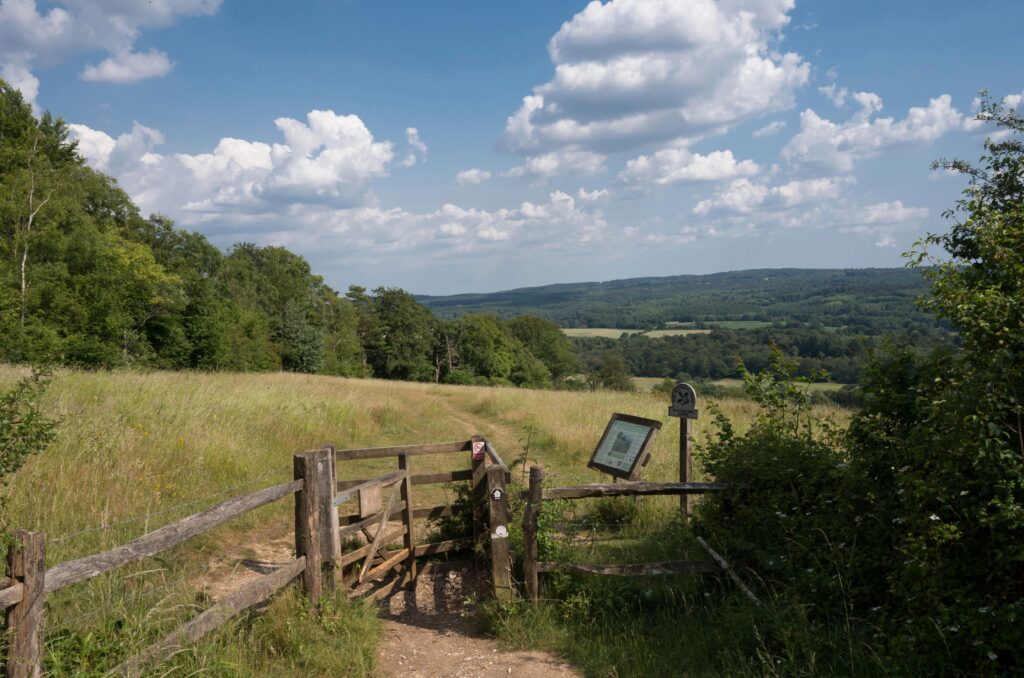
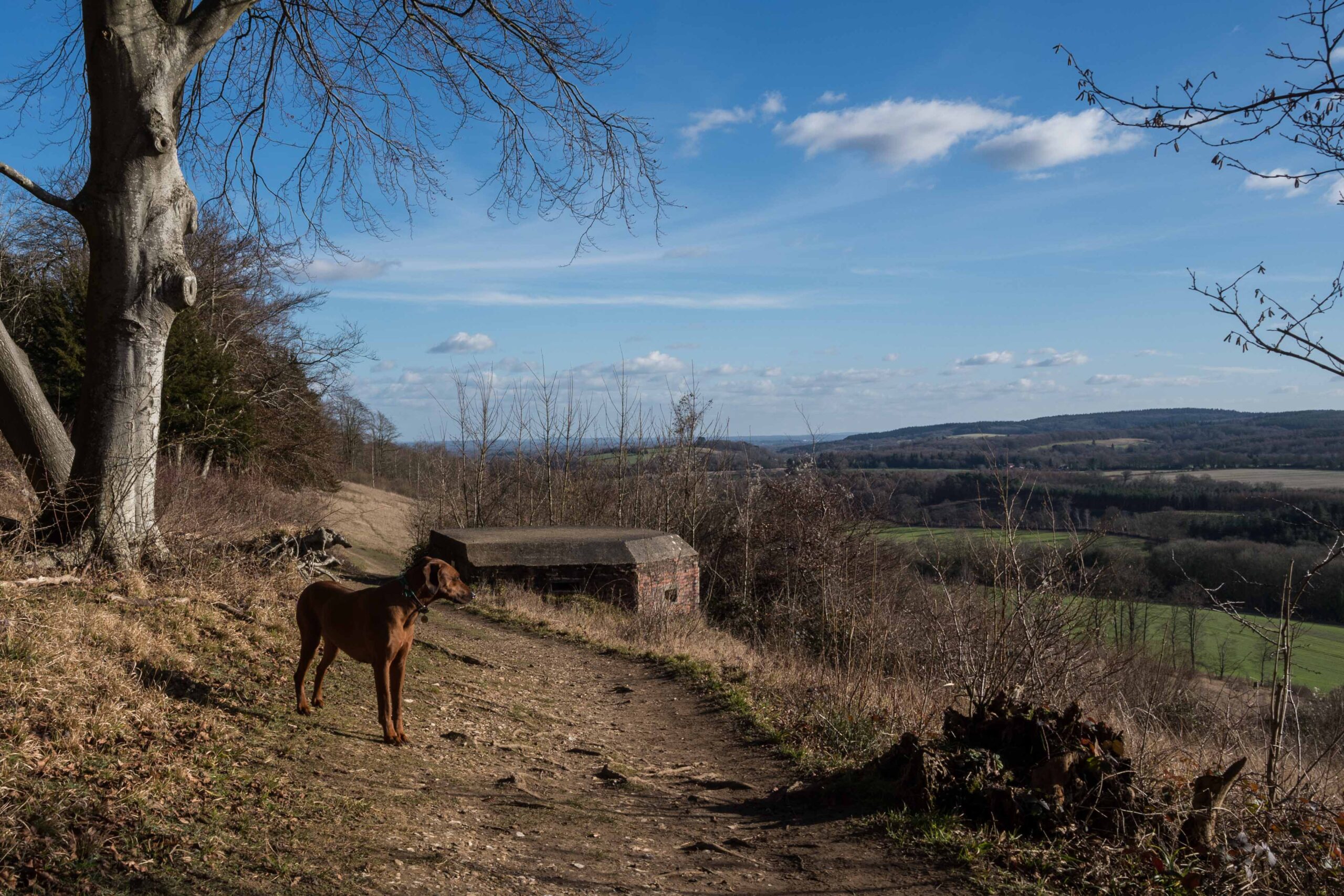
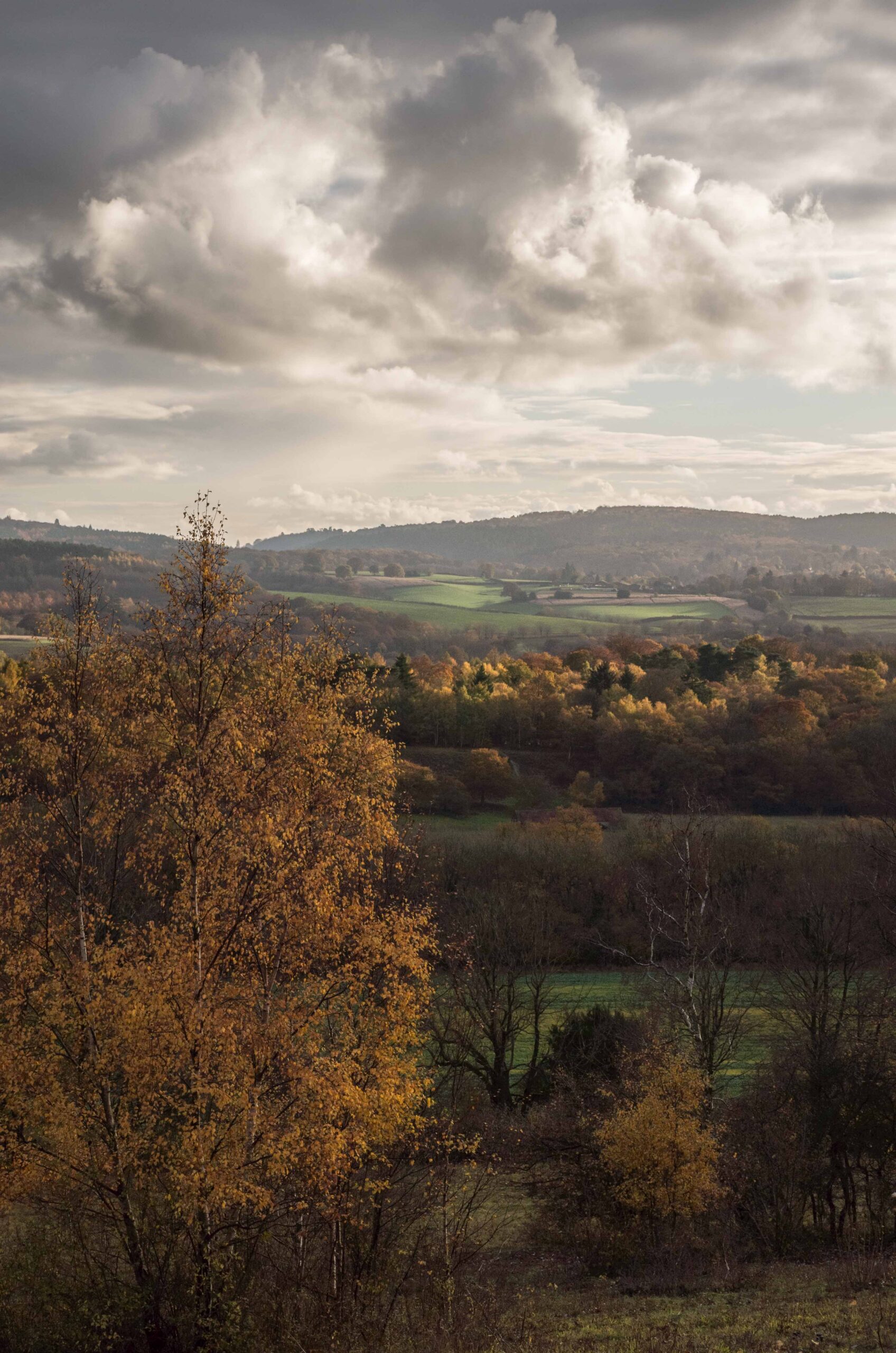
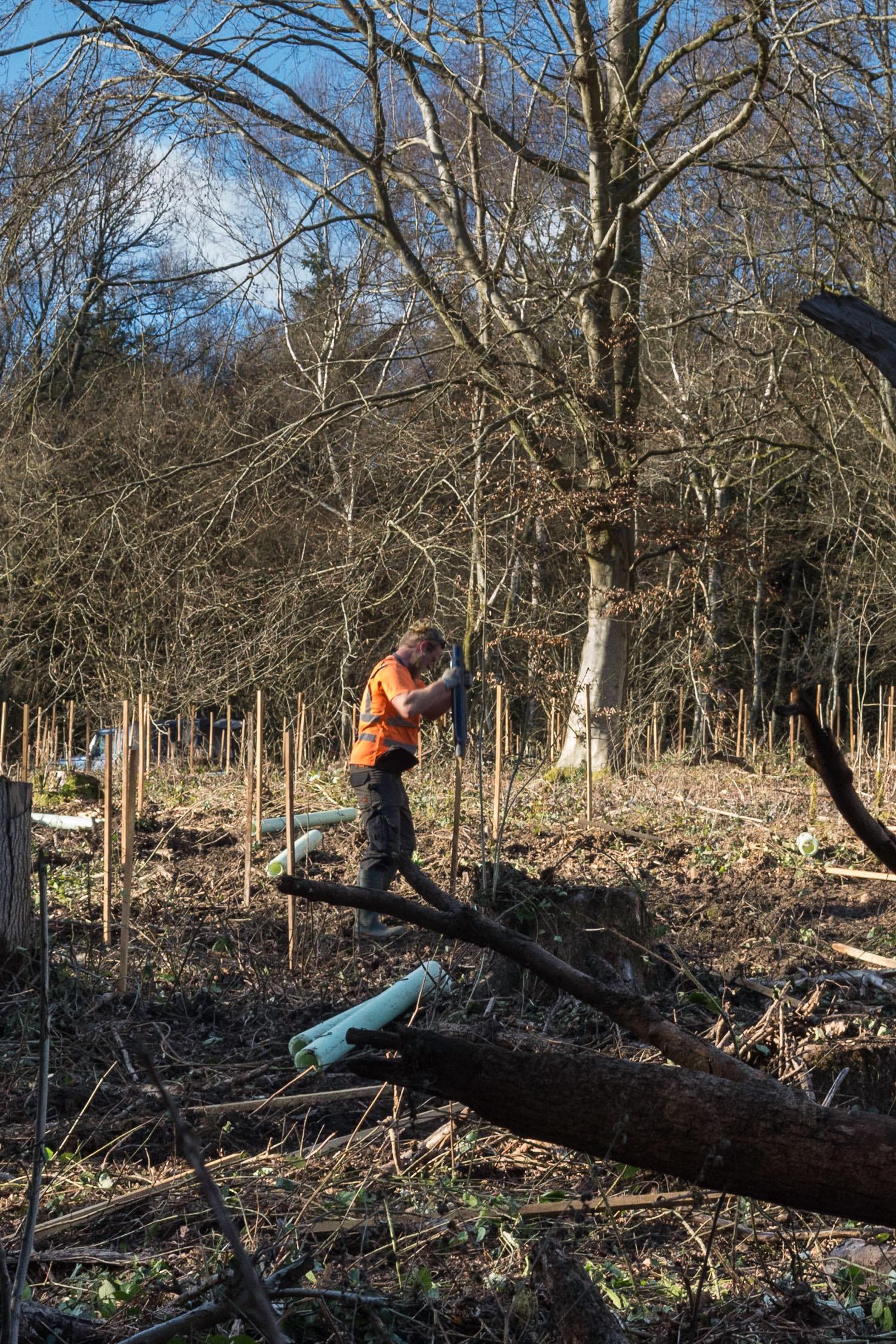
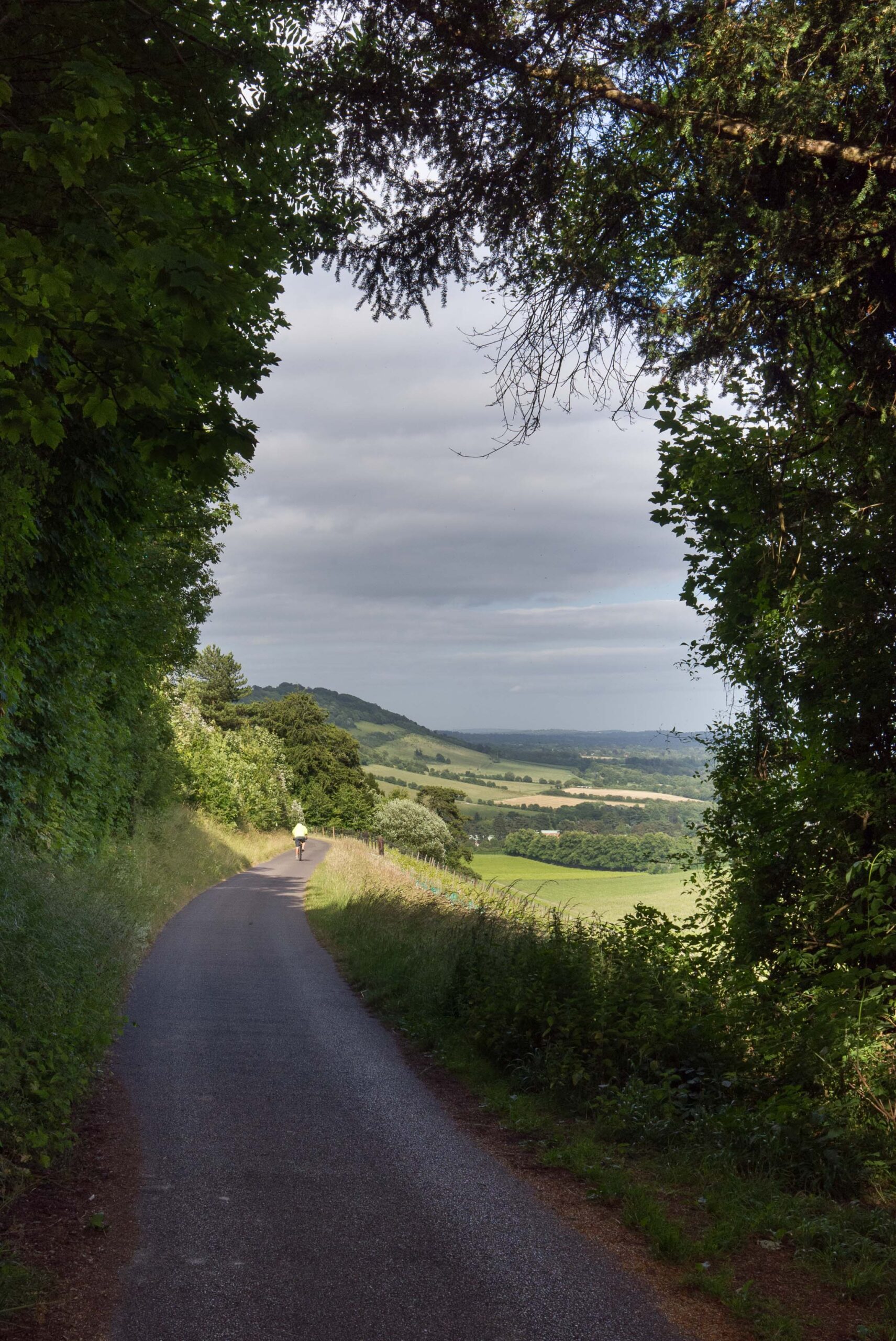
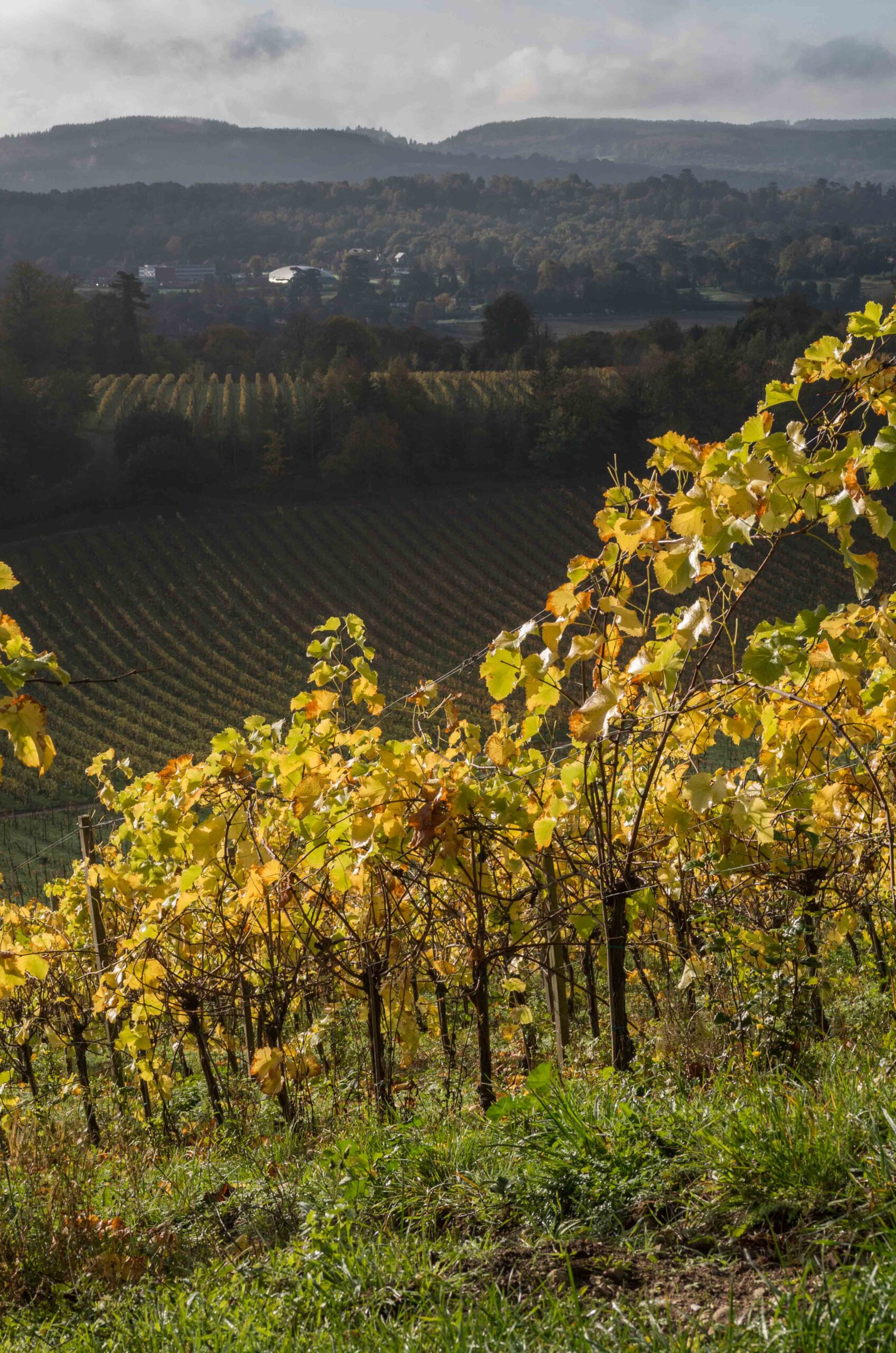
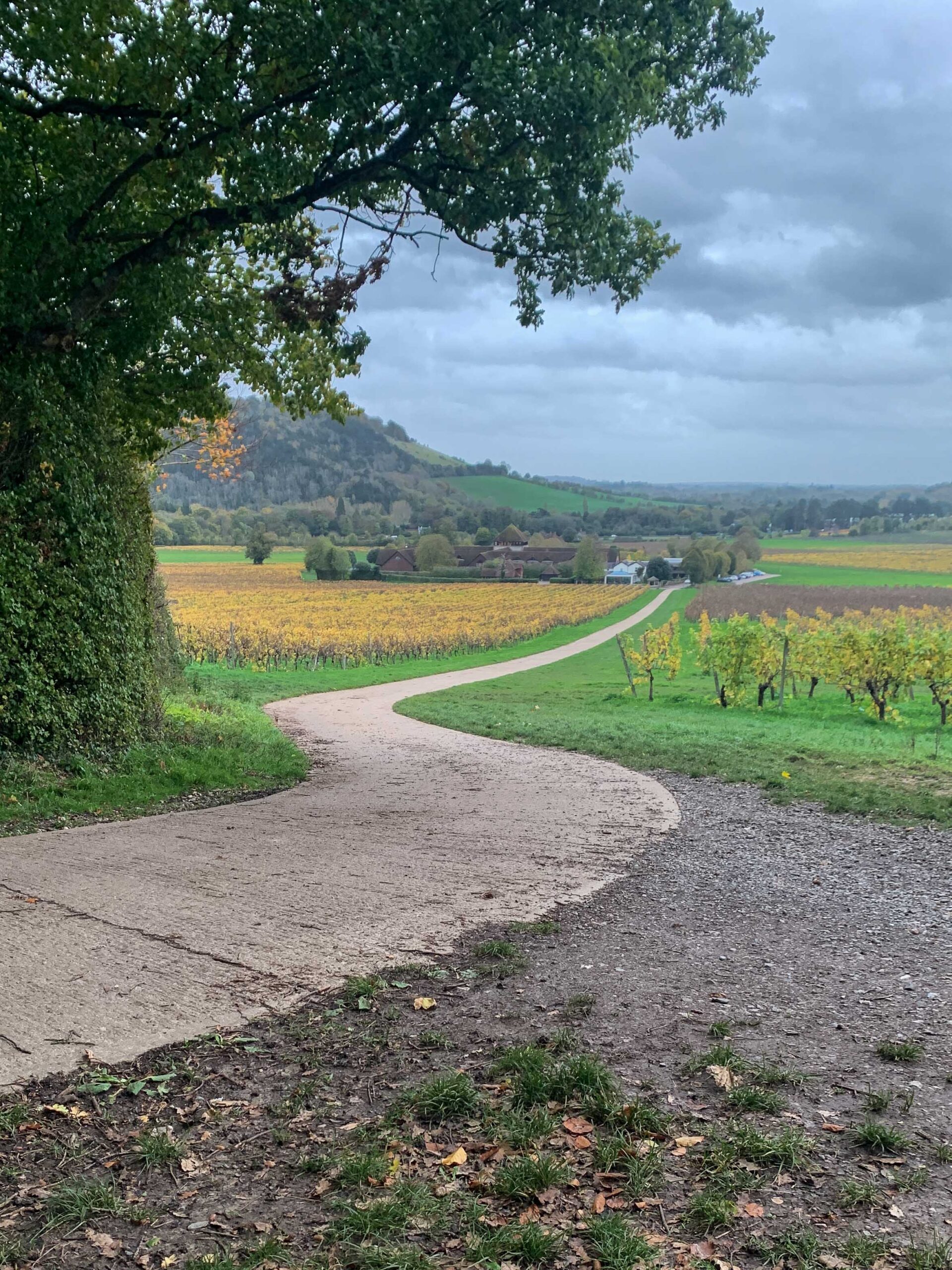
Some nice images Kevin.
Reflections and Emergency Drought Shedding are two favourites for me. Light and Composition/Perspective.
But…..your article will trigger Mr X1 to berate me again next week for selling my X Vario a few years ago. I’ve heard it before, and will hear it again. 🙄😁.
Thanks Wayne,
I was pleased to be able to visit the Optohedron on a day and at a time when I could capture the reflections. And yes the X Vario captured them nicely!
Hi Kevin, I really enjoyed this article. What a lovely part of England. You captured it beautifully with your photographs. I lived in Kent for many years, and so your story reminded me of hikes through the Kent countryside. I was fascinated to hear of the proliferation of vineyards/wineries in the South of England. I had read that sparkling wine produced in Kent was winning international awards and receiving rave reviews from connoisseurs. I am sure you are correct in projecting that wine growing in the UK will become even more significant as the climate (unfortunately) continues to change. All the best, Keith
Thanks Keith, I’m glad you liked it. I’ll be interested to see if the vineyards here change the grape varieties used but expect, if they do, it will take a long time and expense to change.
Good and well composed pictures , Kevin
Sorry for the late comment as I had no internet and at the time was describing the same area to a friend and couldn’t access my photos for the same reason!
Thanks Mike, much appreciated. Kevin
Wow, what a great read! I wonder on the vineyard is there any evidence there that vines were grown during Roman era? Last I remember reading historians were changing their minds that England was minor exporter to the main exporter of wine based on the vast number of containers found near London somewhere river access. Thanks again, keep the X’s alive!
Thanks John, I’m glad you liked it. I’m not sure about the vines in Roman times – it wouldn’t surprise me – but I often walk the dog on the old Roman road Stane Street.
Good to walk with you in words and pictures, and thank you for quoting one of my favourite poems “Two ways…….” A poem of life and for life.
I found myself wondering which pictures you took with your X Vario. My XV has recently had a new lease of life when I stopped seeing it as a not-so-compact zoom camera and came to view it as a semi-compact camera with four lenses. I find this makes for much more focussed seeing, and I usually know which “lens” I want to use before lifting the camera to my eye.
Thanks John,
I was reminded of the poem long after the photo was taken but I included it because it expressed my own question about which path to take. I must return and explore the woodland path.
Regarding the X Vario I used it for the following photos:
1. Bridge
5. Sign
7. Newlands Corner couple
8, 9. Optohedron
10. Walkers
11. Cyclist’s
12, 13, 14, 15. Blatchford Down
16, 17, 18. Pill box
19. Valley
20. Tree planting
22. Sign post
24. Vines.
A while ago I checked the metadata to see which focal lengths I used the most and the answer was 28mm and 70mm. Which made sense as I mainly photograph landscapes or details and portraits. The quality of the lens is such that a photo taken at 28mm can stand a bit of cropping.
Thank you Kevin I so enjoyed your descriptions and pictures of the area where I too live, and used to be able to walk. You have brought so many good memories back to me. Don
Thanks Don, I’m pleased you enjoyed it. Kevin
Thanks Kevin for a truly intersting article about an area I haven’t explored yet. My favourite image is the last one. As a Frenchman I’d be curious to taste the wine. You’ve made your Xs shine and now that I’ve found a mint XVario, I truly enjoy the images it produces. Looking forward to more of your walking adventures.
Enjoy the weekend
Jean
Thanks Jean. Denbies vineyard is a few minutes away from Junction 9 on the M25 so perhaps you could pop in on your next trip to England. Glad you’re enjoying your X Vario.
Thank you, Kevin, for your interesting tour along one of Britain’s ancient ‘ways’, which crisscrossed our land, long before roads were built. Your pictorial tour is equally lovely, helped by those wonderful X-class Leica cameras. I enjoyed your picture ‘ choice of route’, with its visual gated barrier to taking the high-road, which I rather liked cropped from the base as my scrolling brought it into view.
It is interesting to speculate and imagine the use of such routes by pedestrian pilgrims and cattle drovers, using them to move live herds and flocks of animals long distances across-country. There would have been many more such routes on the national network, before most were transformed in Roman and later times, when they became tracks and roads for horse-drawn traffic, and more modern means of transport. I guess most travellers would have been suitably attired!
Thanks David, I’m glad you enjoyed it.
Kevin
Kevin,
I echo Le Chef; thank you for this lovely article. Although I claim I know the UK like the back of my hand, this corner of Surrey I have never visited. It is wedged between the M25, A24 and A3. You are fortunate to be able to enjoy this picturesque area.
The first thing I did after reading your article was to Google nudity in public and I read the Crown Prosecution Service’s article:
“Nudity in Public – Guidance on handling cases of Naturism”
Were you alarmed or distressed? This seems to be the criteria as to whether a summary offence has been committed. I notice you didn’t post any photographs of the posteriors.
Your photographs are enchanting; however, for me “Across the Guildford to Dorking Valley” is stunning. The way the light illuminates the woodland in the middle distance is the dominant feature of this enchanting balanced composition. You may have heard me say before, my test for any landscape photograph is: would I have it as a picture on my wall? I certainly would for this photograph.
Chris
Thanks Chris, I can’t say I was alarmed or distressed by the naturists. When I started playing rugby after a match the club teams would use a communal bath so the nudity didn’t trouble me. Using a shower was then considered a bit soft. I just thought the naturists silly, rather ridiculous and pretentious; why not wear shorts or Speedos if they wanted more of a tan? As to photos I didn’t want to lower the tone of Macfilos!
Thanks for this lovely article, Kevin.
My wife and I pretty much have a traditional set of things we do when we come back to England: stay with our long standing friend Colin in Woking, drive to Newlands Corner, take an hour’s walk and come back up the slope to the tea and coffee place, have a mug of tea and a bacon sarnie. Once that’s been done the rest of the trip can settle into place.
Everything from the Hog’s Back off the A3 south is pretty wonderful scenery with the diversionary temptation of a stop at Bell and Colville to see what interesting cars they have to look over, and on too Goodwood and points south to the coast.
For someone who misses UK, more pictures please!
Yes, lovely pictures, Kevin. Especially the Guildford to Dorking one!
Thanks Farhiz!
Thanks for the comment, I’m glad you enjoyed it. On your next visit to Newlands Corner you could walk the short distance to The Optohedron. I plan on doing another article on the next section eastwards of the North Downs Way.